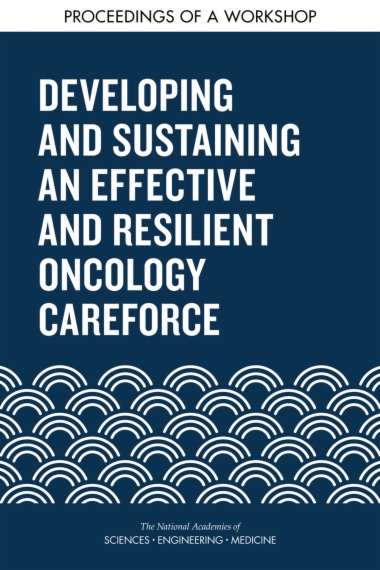

The oncology careforce faces challenges as population growth in the U.S. contributes to increases in the number of patients diagnosed with cancer. Significant advances in cancer research, screening and diagnostic practices, and treatment have led to the age-adjusted declining mortality rate from cancer. However, as the field continues to develop and advance, cancer care has become more complex than ever before. There is a growing concern regarding the U.S. health care system's capacity to deliver high-quality cancer care to the increasing number of patients.
The National Academies convened a workshop on February 11-12, 2019 to explore trends in cancer care and identify opportunities for improvement in the rapidly developing oncology careforce. Discussions at the workshop primarily focused on trends in demographics, the careforce, and oncology practice, as well as implications for the future of cancer care and strategies to improve the organization and delivery of cancer care. Opportunities to change policy and leverage technologies in oncology were also identified. This publication summarizes the presentations and discussions from the workshop.